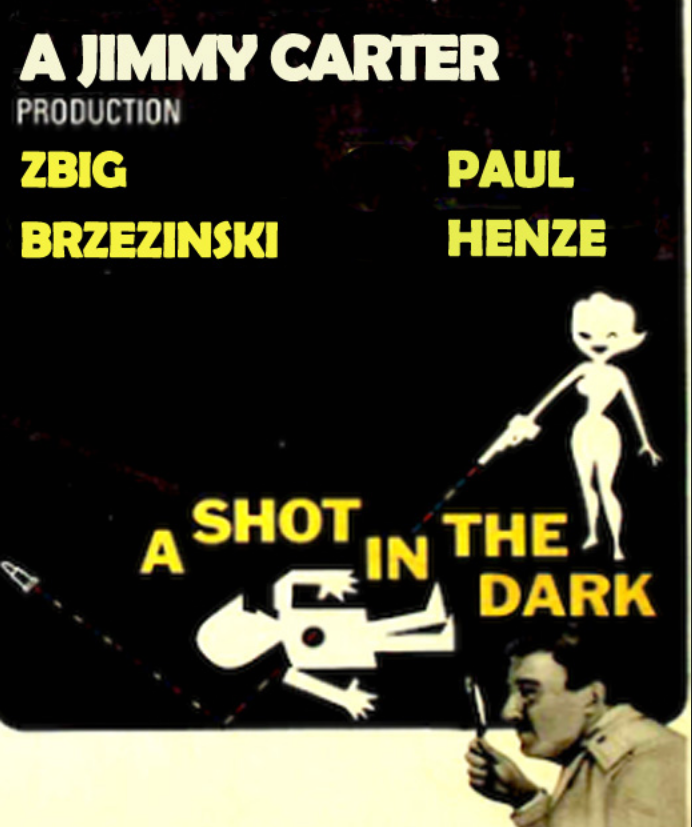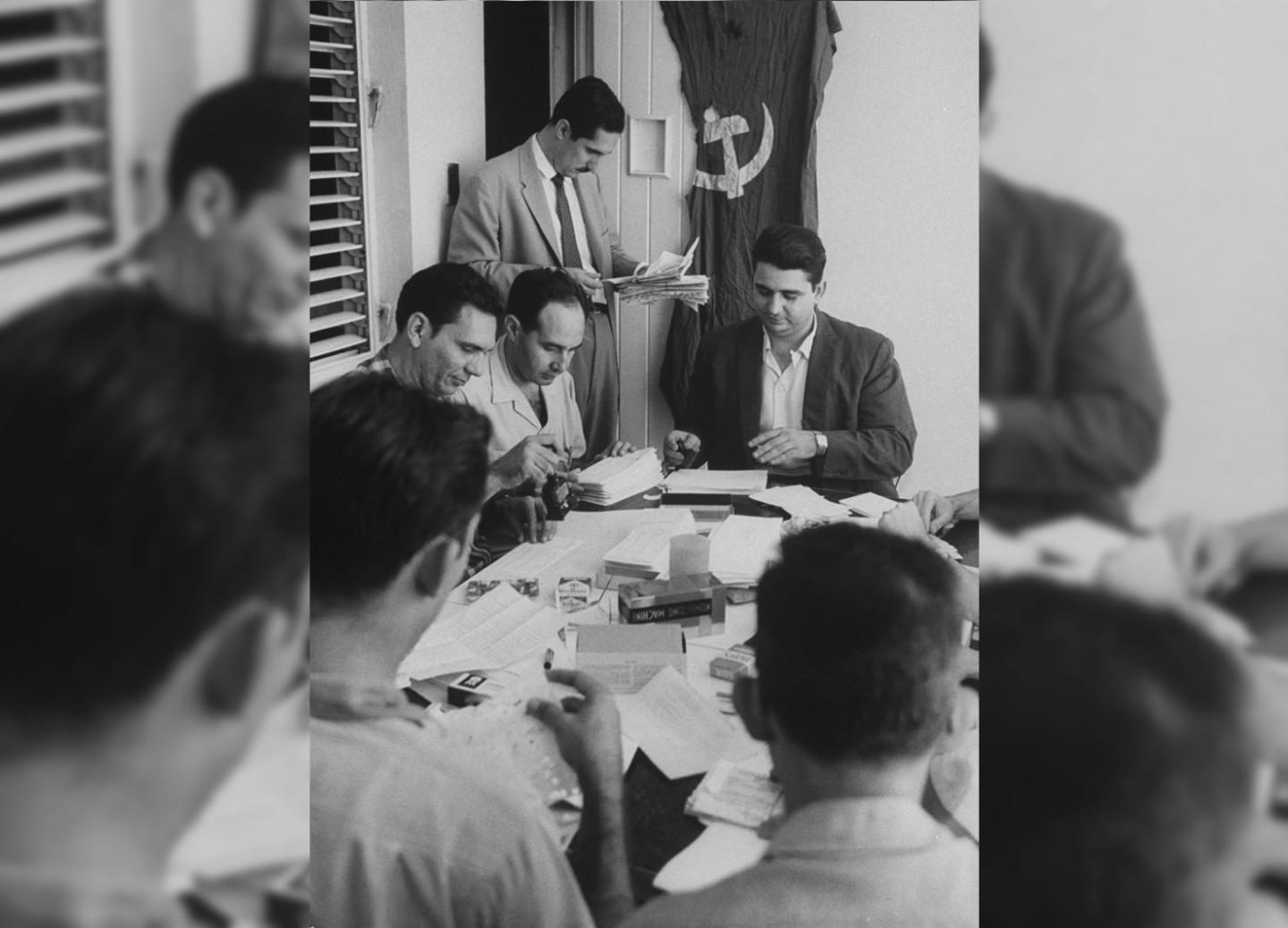
© Unknown
The widow of Cyrus Vance, the only US Secretary of State to resign in protest against his president's actions in a hundred years, called Zbigniew Brzezinski, President Jimmy Carter's National Security Advisor and Vance's rival, "
that awful man". Not a single official of the State Department under Vance during the Carter Administration of 1977 to 1981, thought differently. Most of them had monosyllabic terms for Brzezinski. Since Brzezinski died last Friday, not a single member of his own White House staff has made a public statement in his honour, memory or defence. The mute ones include Madeleine Albright, who
owed to Brzezinski her career promotion as an academic, then White House staffer, then Secretary of State herself.
Despite the disloyalty of those closest to him, and the detestation for Bzezinski of those further away, he was, and remained, Carter's favourite. Between 1977 and 1981, Brzezinski's time with Carter, according to the White House logs, amounted to more than 20% of the president's working time.
That's 12 minutes of every hour — no other official came close. On Friday, shortly after Brzezinski's death was announced by his family, Carter
issued a statement extolling him as "a superb public servant...inquisitive, innovative, and a natural choice as my national security advisor ...brilliant, dedicated, and loyal. I will miss him."




Comment: This is yet another example of how the psychopathic deep state operates: in the shadows, with the aim of disrupting peace and causing chaos wherever possible with no concern for the ramifications of such actions on people. For more information see SOTT's series on the JFK assassination and the book JFK: The Assassination of America.